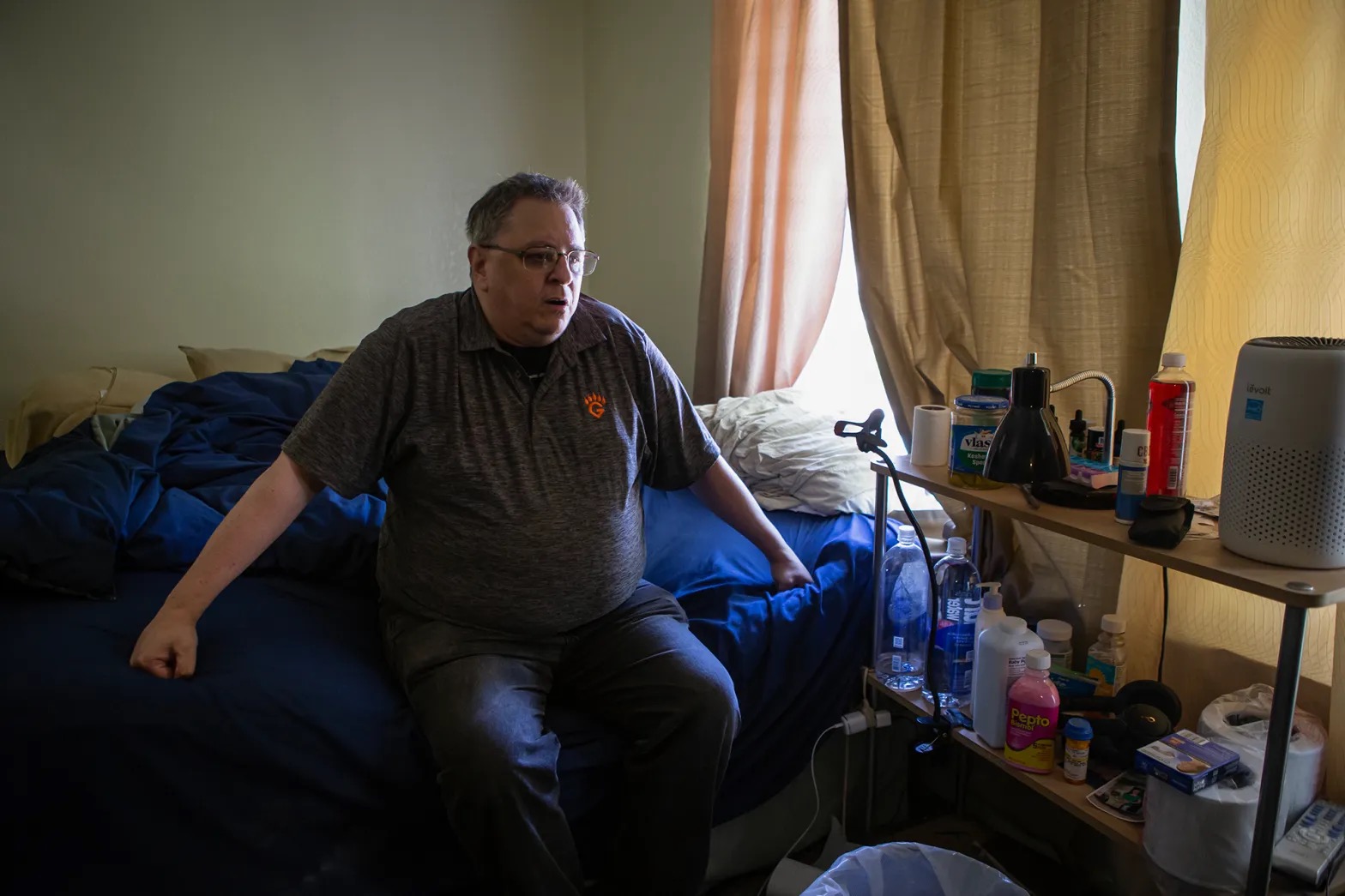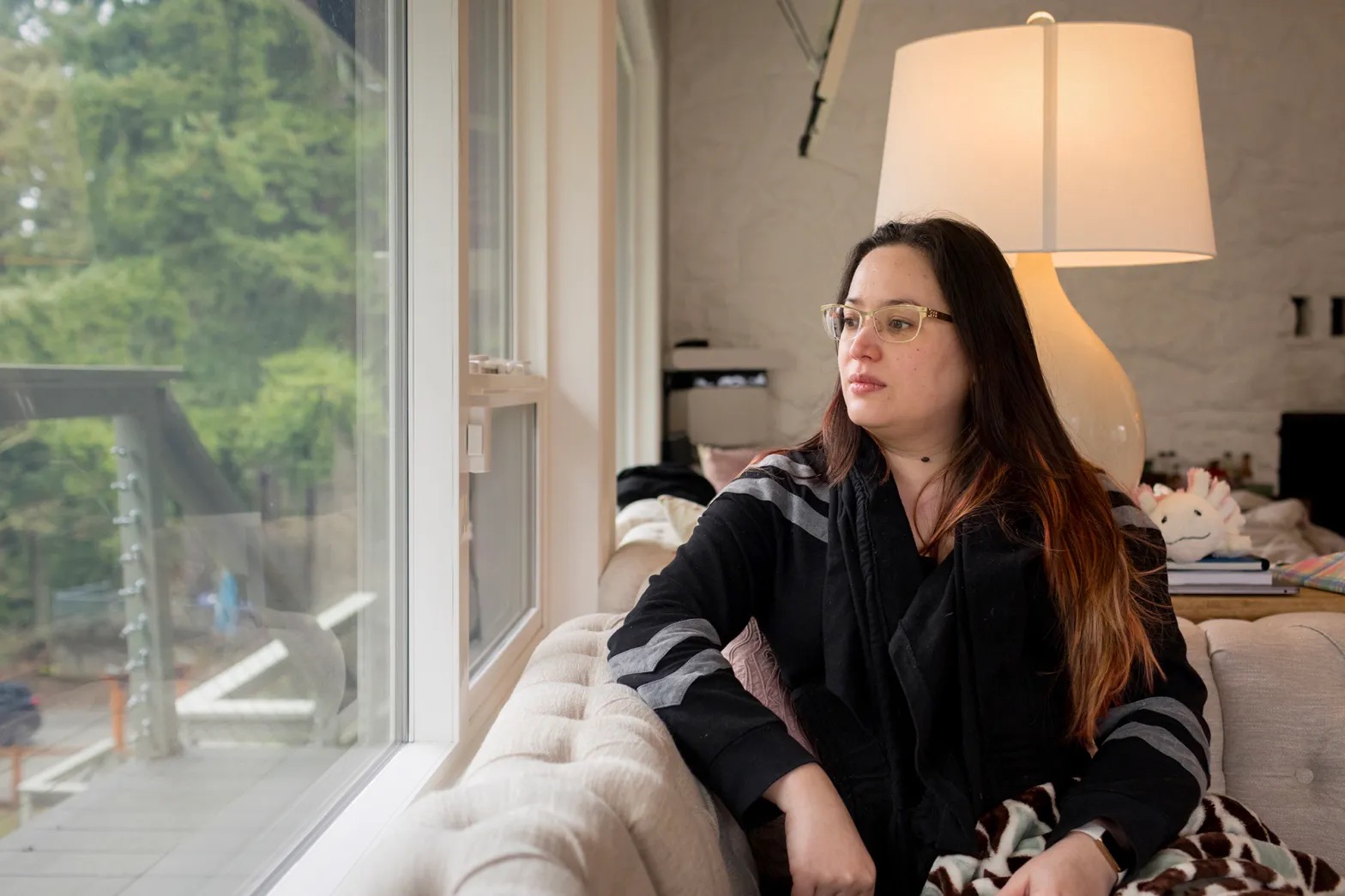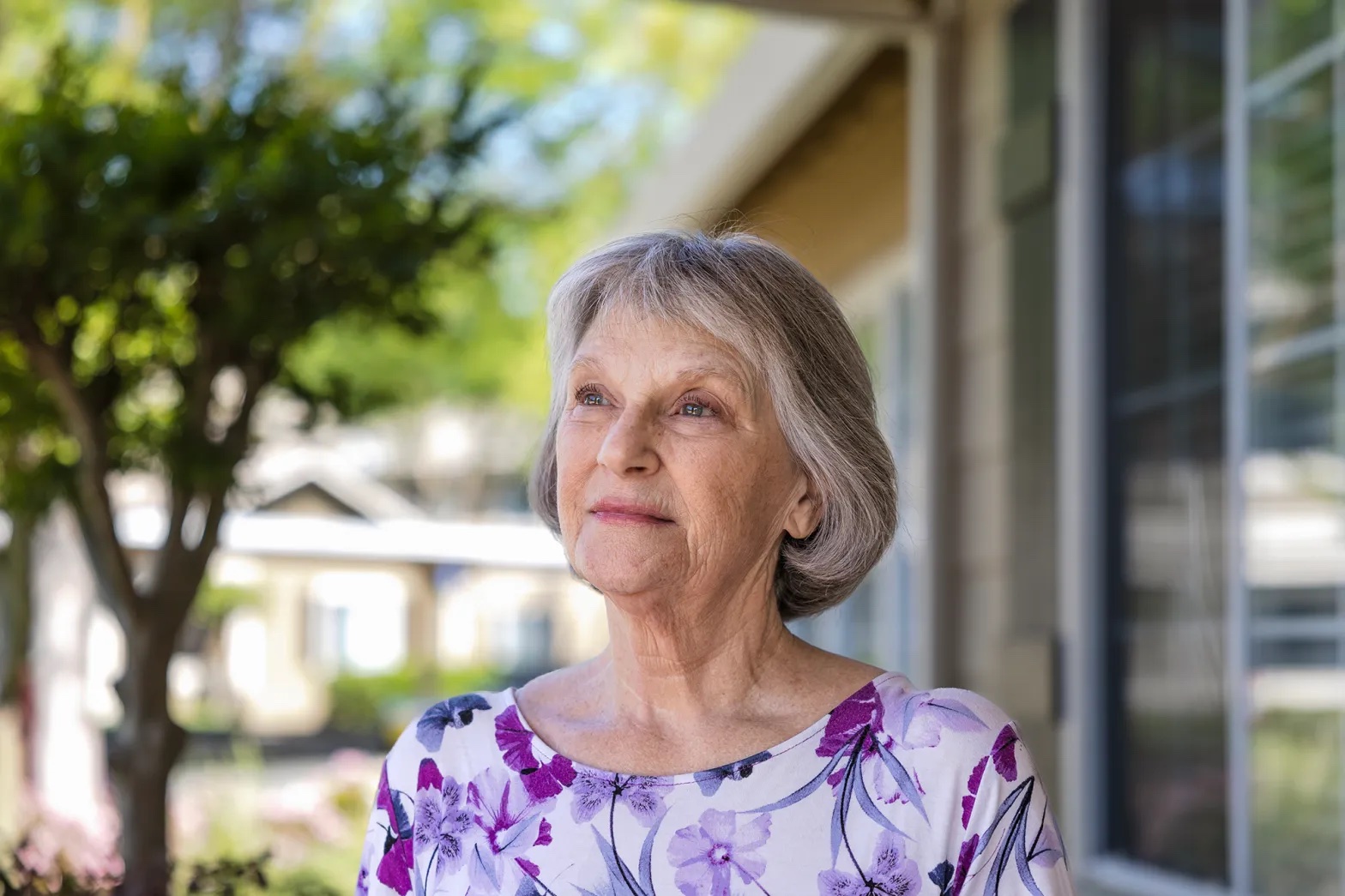Long COVID in California: ‘A Pandemic of Loneliness and Social Isolation and Rejection’

[ad_1]
She and Mirin wrote last year’s budget proposal for the state to fund research, training and treatment centers at UC medical campuses and other academic centers. Mirin said it has been challenging to find a champion for this issue.
“People will say they support one thing or another, but when it comes down to an official public request, other things have a way of coming into play,” Mirin said.
Although five UC medical campuses have long COVID clinics, demand far exceeds capacity, said Dr. Anne Foster, chief clinical strategy officer for UC Health Systems.
“There are just a lot of patients out there,” she said, noting that UC Health supports McCorkell and Mirin’s proposal, but new state funding isn’t available for it.
Officials with the California Department of Public Health plan to create a new COVID-19 Control Branch to monitor variants and outbreaks and support long COVID research, said State Epidemiologist Dr. Erica Pan. The department is using some money from last year as well as seed money from the state’s $1.8 billion long-term COVID-19 preparedness plan to open the branch. However, proposed budget cuts make ongoing funding uncertain.
“We are looking at that and trying to advocate for ongoing resources,” Pan said.
Without additional money from the state, Foster said UC Health has pivoted to developing a free continuing education training program for doctors on best practices to treat long COVID patients.
McCorkell and Mirin say the training modules aren’t perfect, but they’re an important resource for primary care doctors, especially considering most people in the state live too far from a specialized clinic to get help.
Many doctors haven’t heard of long COVID
Stephen Mintz of Fresno is one such patient.
Mintz avoided COVID-19 for more than two years, but in August he went to a bar to celebrate his 59th birthday, and tested positive for the virus shortly thereafter. By September, Mintz found he didn’t have the physical or mental stamina to do much of anything. After two-and-a-half hours of activity, his limbs would get heavy and his thoughts would muddle.
“You could almost set a clock to it,” Mintz said. “Suddenly it would be very difficult to put one foot in front of the other.”

In January, Mintz was stacking chairs at a local bar where he works as a security guard. Within 10 minutes he got dizzy and couldn’t lift his arms anymore. It’s a common condition associated with long COVID called post-exertional malaise — pushing through the fatigue can worsen symptoms.
“I actually cried then. I’ve been depressed over this and frustrated,” Mintz said. “I couldn’t believe I’m so weak.”
Mintz went to his primary care doctor in Fresno for help. He said he thought he had long COVID and was met with skepticism.
“His first reaction was that he hadn’t really heard of it,” Mintz said.
On his disability paperwork, Mintz said the doctor wrote “general malaise and short-term amnesia” because he didn’t know how to diagnose Mintz and told him to call UCSF, nearly 200 miles away, for advice.
“The doctor there said, ‘Um, well, if you lived here you could be part of a research study,’” Mintz said.
It’s a common experience among people with long COVID-19. Though the pandemic has thrust post-viral illnesses into the spotlight, most doctors still don’t have the experience to treat the collection of more than 200 symptoms that make up long COVID.
Each new variant of COVID-19 also changes which symptoms are most common, making it doubly difficult for the average primary care doctor to diagnose, said Dr. Nisha Viswanathan, a primary care physician at UCLA Health’s long COVID clinic. The “vague nature” of many symptoms like fatigue and insomnia also lead to misdiagnosis and frustration among patients.
“It’s really challenging,” Viswanathan said. “If you’re not seeing a certain volume of long COVID patients, it can be difficult to recognize when a patient may be having it versus not.”
‘I knew it had gotten into my brain’
COVID-19 first hit Mindy Lym, a 37-year-old from San Francisco, like a mild flu, causing fever and congestion. But on Day 5 of her illness, she looked at a text from her girlfriend who was isolating in a separate room and couldn’t make sense of the words. It looked like gibberish.
“That really scared the shit out of me,” Lym said. “I knew it had gotten into my brain.”
She has spent every day since then chasing after an elusive recovery. Like McCorkell, Lym developed postural orthostatic tachycardia syndrome and wears compression garments like stockings and a corset to improve blood circulation. She also has mast cell activation syndrome, which causes an immune response similar to a severe allergic reaction as well as chronic inflammation.
For three months, Lym, who formerly worked as a music teacher and theater performer in San Francisco, could barely walk and needed a full-time caretaker to dress and bathe. Even soft noises and dim lights caused her to feel “unbearable pain.” When construction outside her house led to weeks of jackhammering, Lym developed PTSD.
“We moved because of my long COVID,” Lym said. “Being in a city with city noises … was completely untenable.”

In September 2022, before moving out of state to rural Washington, Lym called the Post-Acute COVID-19 Syndrome clinic at Stanford Health Care. The clinic scheduled an appointment for her for October 2023.
“The demand has been extremely high,” said Dr. Linda Geng, co-director of Stanford’s long COVID clinic. The clinic sees about 12 to 15 new patients each week and has an eight-month average wait time.
Yet even as patients like Mintz and Lym struggle to get into a specialized clinic, UCLA physician Viswanathan said she has heard from multiple colleagues at other facilities that are considering closing their long COVID care clinics or reducing hours. Health systems are strapped for cash and facing a dire workforce shortage, said Dr. Anil Keswani, chief medical officer at Scripps Health in San Diego.
“We have increased supply costs. We have increased pharmacy costs. We have increased labor costs,” Keswani said. “How do health care systems invest in programs like long COVID clinics, like hiring more clinicians? Health care organizations have been battered over the last few years, but I don’t see any government relief.”

Janine’s story
A patient navigator could help someone like Janine Loftis, who has fought for nearly 2 1/2 years to be seen by a long COVID specialist.
The Elk Grove resident turned 73 in January, but physically, she feels much older. In November 2020, after laying in “the house for two weeks not knowing what to do,” Loftis called an ambulance. It was the middle of the night, she had COVID, and her oxygen level dropped. Family and caretakers couldn’t check on her for fear of infection. By the time Loftis was admitted to the hospital, she had viral and bacterial pneumonia and blood clots forming deep in her veins.
Loftis was already disabled from previous spinal injuries, but the persistent aftereffects of COVID-19 have floored her.
“It’s embarrassing how little I can do on my own,” Loftis said. “My body gives out on me. Things are just lost to my mind.”

The chronic fatigue and brain fog prevent her from going to in-person church services, and she recently gave her dog of nine years to an adoption agency after caring for her got too hard. When Loftis’ home caregiver took a leave of absence for four weeks, she couldn’t find a replacement, due to long-standing workforce shortages that intensified during the pandemic. Without anyone to help her, Loftis “struggled really horribly” to manage daily tasks, she said.
Juggling doctors’ appointments and navigating the byzantine health insurance system is an added obstacle for Loftis.
“My head is spinning just trying to talk about it again,” she said. “I don’t know how lay people, especially disabled ones with a lot of distractions like pain or like me, with brain fog … understand it.”
[ad_2]
Source link
